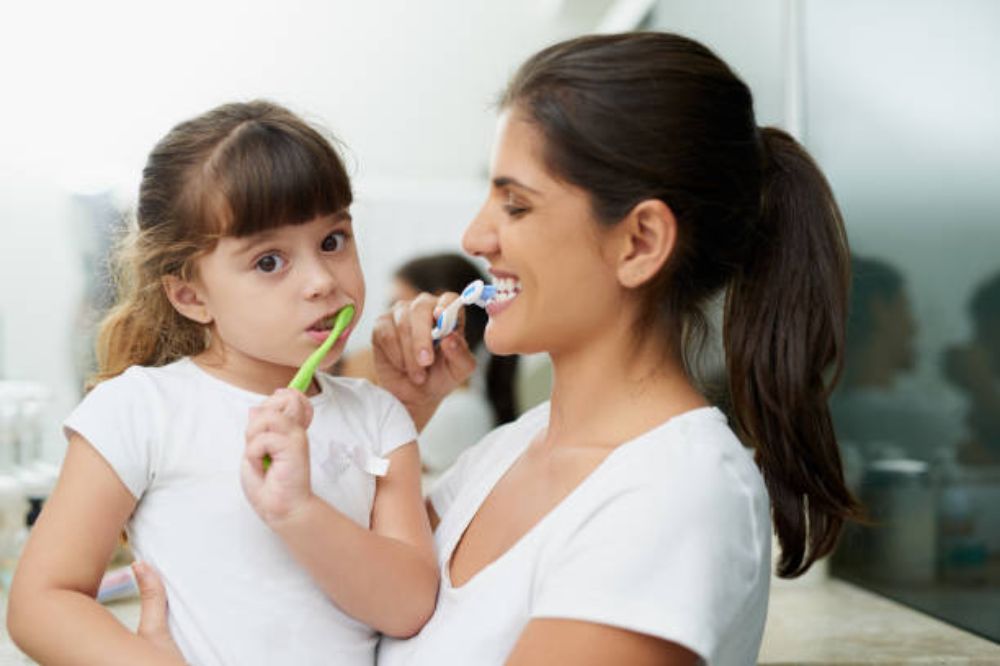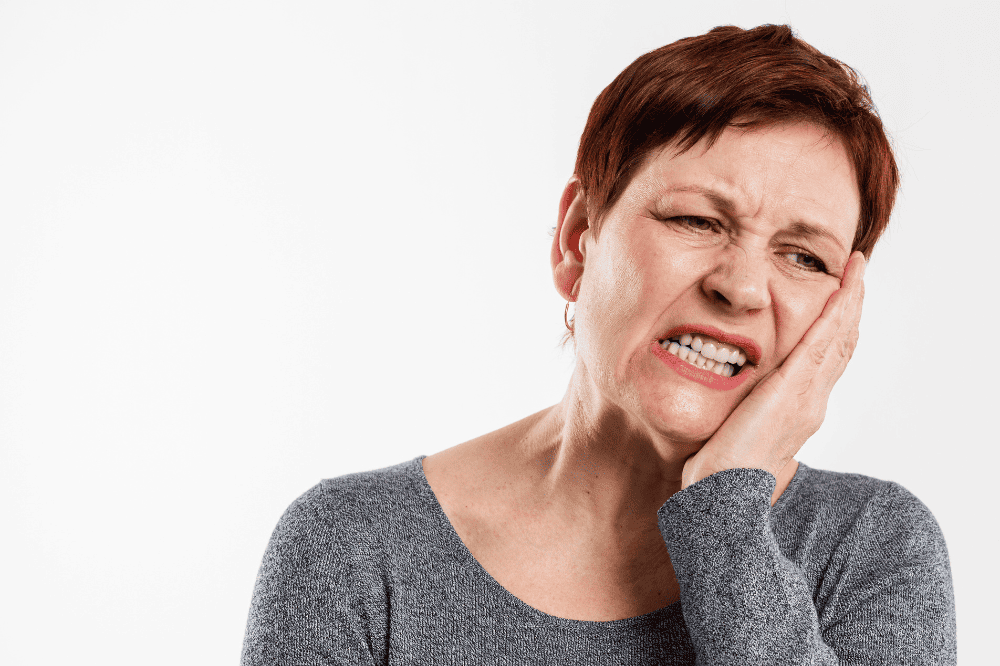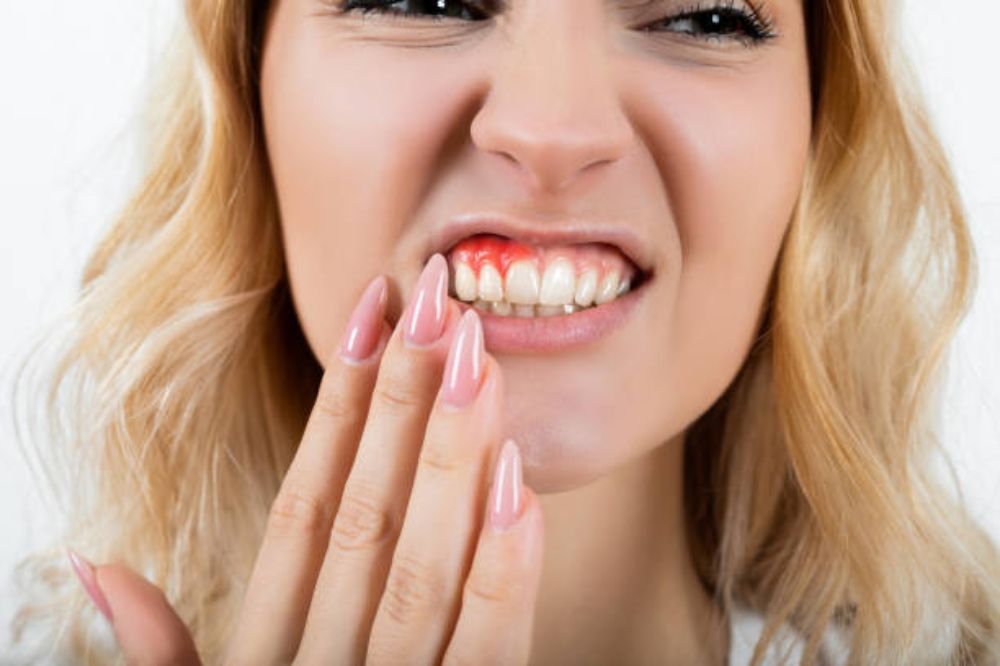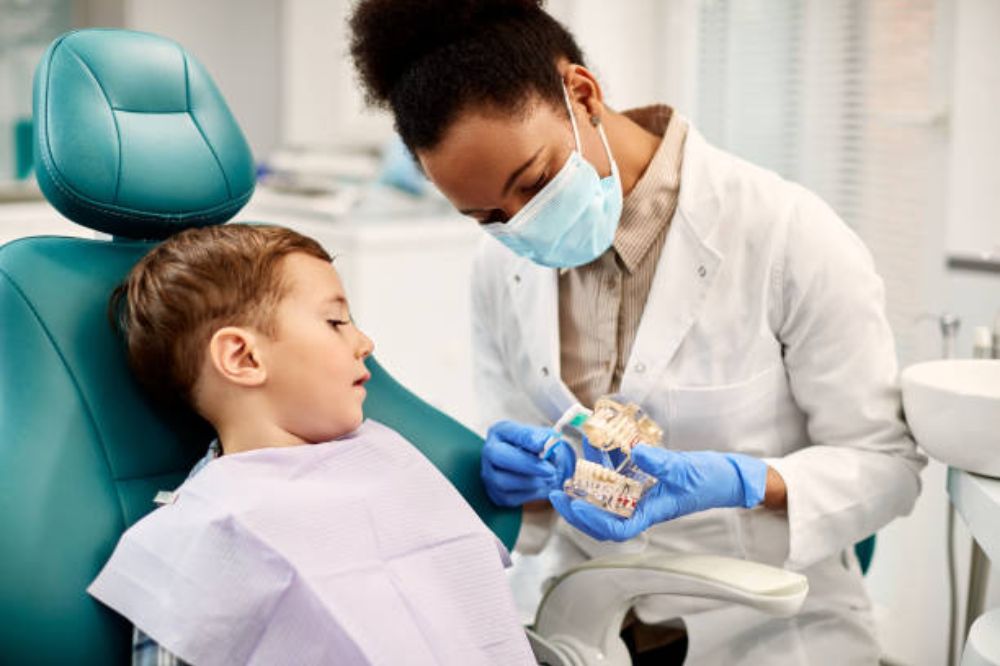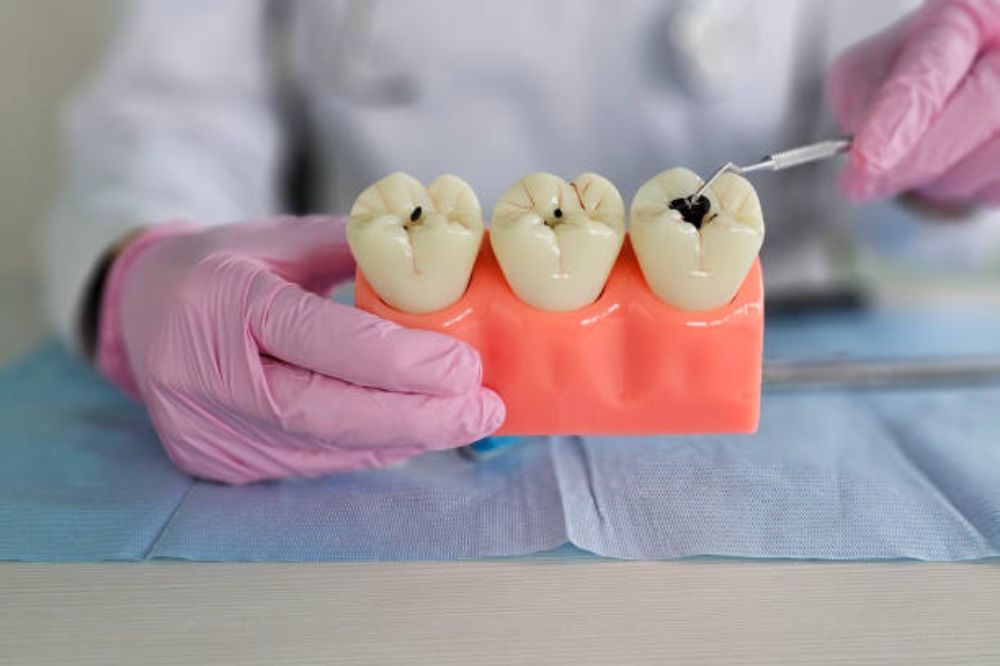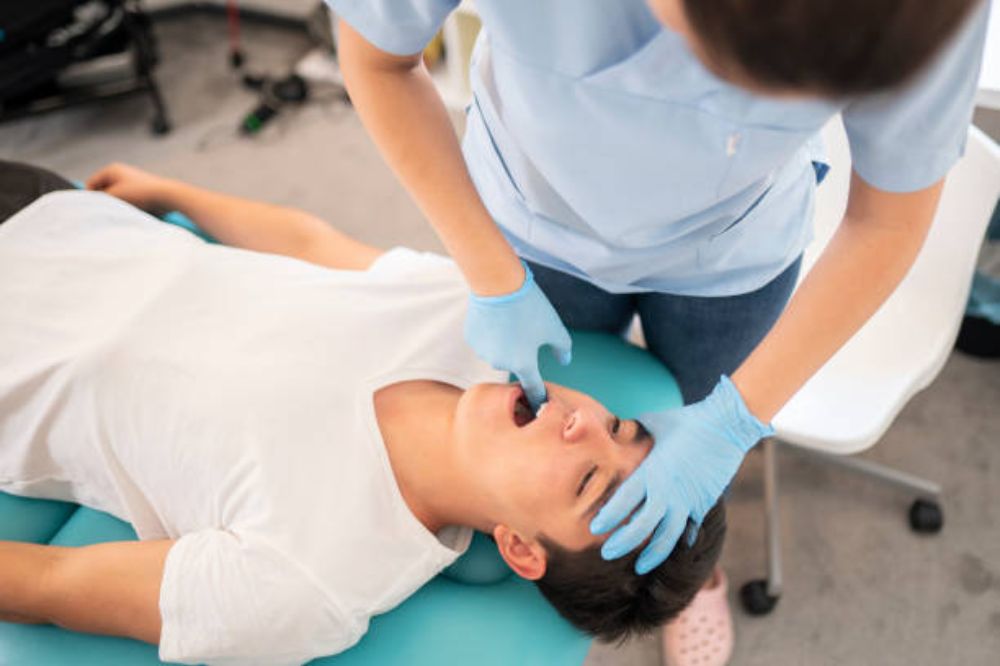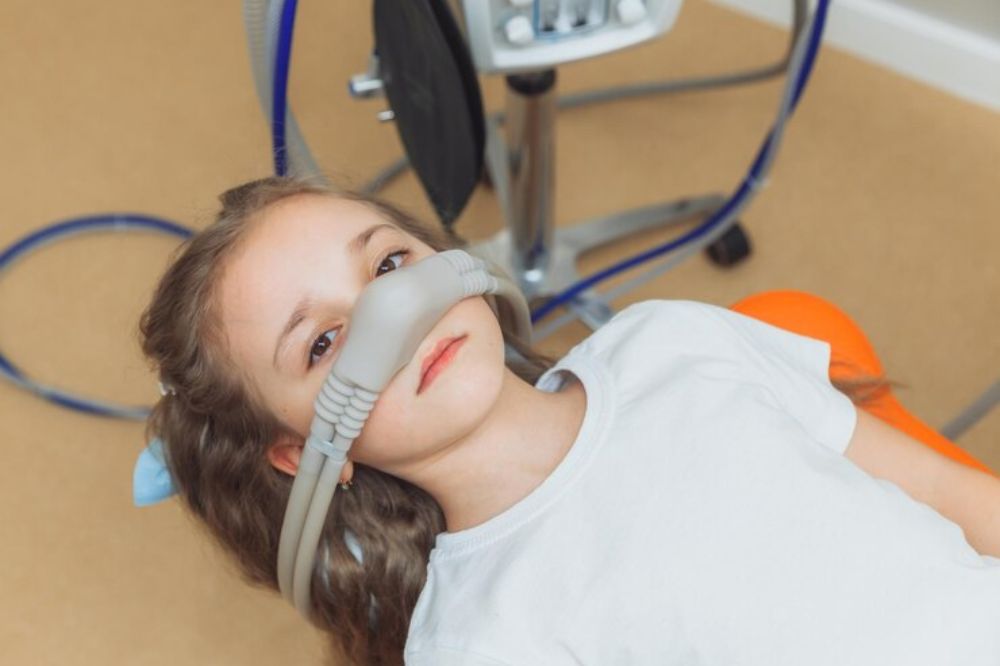Yes, you can maintain your child’s teeth in good shape at home by building brushing, flossing, and healthy diet habits. Most of the issues of cavities or gum irritation among children can be prevented with easy steps. Having a good habit ensures fewer dental appointments, healthier gums, and a smile full of confidence.
While professional care matters, most oral health success begins at home. Parents play the leading role in building habits that last a lifetime. If you need expert tips or professional support, children’s dentistry in Blackfalds is here to help your child maintain a bright and healthy smile.
Why Is At-Home Dental Care So Important for Kids?
Children’s teeth are more prone to cavities because their enamel is softer than an adult’s. When bacteria mix with leftover food, they produce acids that can damage young teeth quickly. Developing a strong home dental hygiene routine for kids is the best defence against tooth decay and gum issues.
In-home care not only avoids dental issues; it eliminates dental anxiety as well. Those who learn to do things the right way early in life are more confident and require less intervention later in life.
What Should Be Part of a Child’s Daily Dental Routine?
Consistency is everything when it comes to a child’s oral health. A good daily routine would involve:
- Brushing: Brush your child’s teeth two times a day for two minutes using a soft brush and a pea-sized amount of fluoride toothpaste.
- Flossing: As soon as two teeth come into contact, to dislodge food particles in between the teeth
- Balanced diet: Restrict sugary foods and incorporate calcium foods such as milk, cheese, and greens
- Choose water over juice: Promote the consumption of fluoridated water over sugary beverages to preserve enamel
Pro Tip: Have fun toothbrushing with the child by employing color toothbrushes or apps.
If you’re unsure about the right toothpaste amount or brushing technique, consult a dentist near you for personalized guidance.
How Can Parents Make Brushing and Flossing Easier?
It is only normal that kids fight toothbrushing, but making it fun makes it a habit:
- Brush together: Parents model for kids, so brush together as a family
- Offer choices: Allow children to choose their toothbrush and toothpaste flavour.
- Turn it into a game: Brush with a timer, brush to the beat of a two-minute song, or use brushing apps
- Reward effort: Praise or give small non-food rewards to encourage daily brushing
Making tooth care enjoyable eradicates stress and avoids the forgetting process.
When Should Children Start Seeing a Dentist?
The initial dental visit must be done by one year of age or the eruption of the first tooth. Regular six-month checkups are then necessary to:
- Catch cavities early
- Prevent gum disease
- Use fluoride treatment and sealants when necessary
Not going regularly can lead to pain and costly treatments in the future.
What Are the Children’s Dental Care Tips for Parents?
- Monitor brushing until age 8 to encourage correct technique
- Replace toothbrushes every 3 months or when a child is ill
- Avoid giving sticky sweets and sugary drinks
- Provide tooth-safe snacks such as apples, cheese, and yogurt
- Include dental checkups in your child’s routine health care
Keep Your Little One’s Smile Bright; Schedule Now!
Healthy smiles start at home with good daily habits and oral hygiene. Add in occasional checkups for life-long cavity-free, healthy teeth. Schedule an appointment today at Blackfalds Dental Centre, your go-to stress-free and gentle kids’ dental team.
FAQs
Q1. Can dental fillings fall out on their own?
Yes, fillings can loosen or fall out due to wear, decay, or chewing hard foods. See your dentist immediately if this happens.
Q2. Are dental fillings safe for children?
Absolutely. Both amalgam and composite fillings are safe, though white fillings are often chosen for front teeth for a natural look.
Q3. Do fillings hurt when they’re being done?
No. Local anesthesia numbs the area, so you’ll feel little to no discomfort during the procedure.
Q4. Can you whiten teeth with fillings?
Whitening doesn’t change the filling colour. If your teeth lighten, old fillings may need to be replaced for a uniform look.

